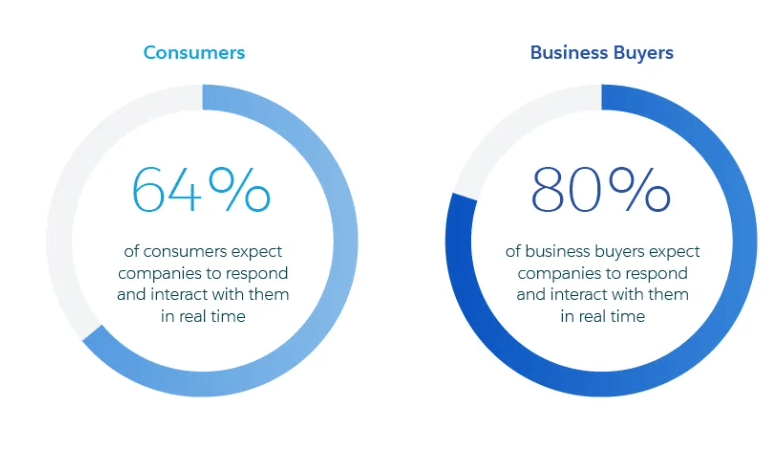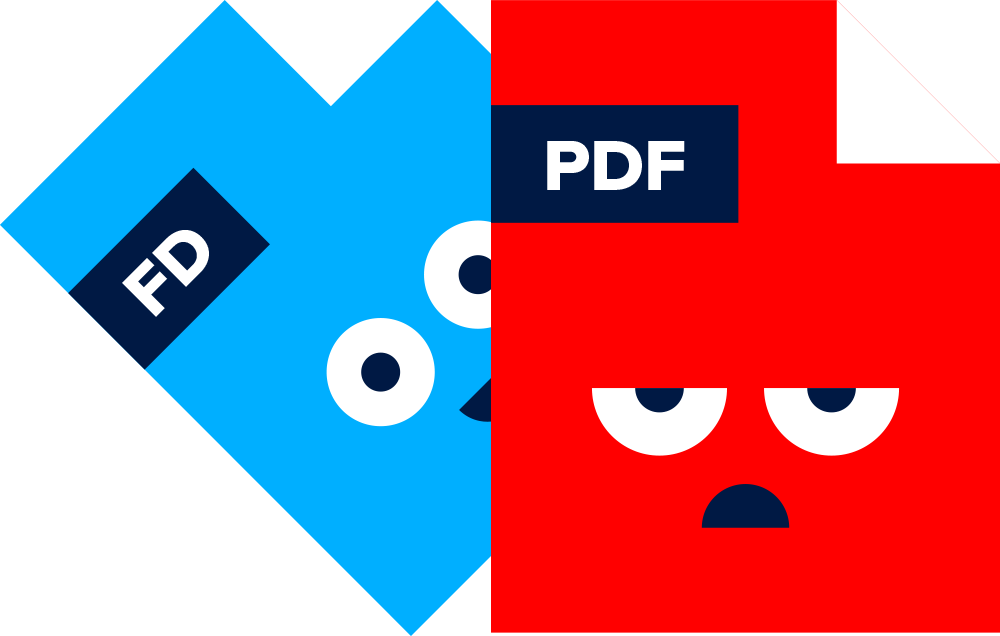How up-to-date is your path to purchase for the modern B2B buyer?
A new breed of B2B buyers is rewriting the rules for sales and marketing teams everywhere.
Over the last decade, advances in data and analytics that provide real-time analysis of customer preferences and behaviors have allowed businesses to pivot marketing tactics at unprecedented speed.
This and the increasing complexity of multi-channel strategies that maximize lead quality are transforming the way B2B sales and marketing organizations make business decisions.
Meanwhile, savvy B2B marketers continue to flock toward the latest strategic trends around account-based marketing, buyer enablement, AI attribution, dynamic video content, and personalization.
Without question, the B2B battleground has moved online, where the customer experience is the utmost focus. In response, businesses have spent lavishly on lead generation technology over the last ten years to keep pace, but shifting buyer demographics and behaviors are calling for another course correction.
To stay relevant, B2B marketers need to adapt to a new reality where highly engaging content is the fuel that moves buyers through the journey. Whereas old-fashioned MQLs, selling, and relationship-building are used to move the needle, today’s businesses must rely on content marketing to do much of the selling for them.
When auditing inbound assets, many sales and marketing leaders will find their content isn’t compelling enough to break through to today’s buyer and deliver on strategic KPIs.
Discover: How to determine and measure inbound marketing KPIs.
It’s time to clean out the old toolbox of articles, static infographics, downloadable PDFs, sales proposals, e-brochures, and powerpoints and invest in ways to pack the buyer’s journey with intelligent, customizable, and engaging content at scale.
Meet today's B2B Buyer
Today's B2B buyer is more informed, self-reliant, always connected, and a certified pro at avoiding the B2BS.
A growing share of B2B buyers' buying habits at work mirror their consumer habits at home, blurring the lines between B2C and B2B purchasing behavior.
It’s time to retire the old vision of B2B buyers as executives clustered at the top of the enterprise.
While the C-suite often has final sign-off, Google research found that executive influence on buying decisions has waned in recent years.
Buyers today are often younger, connected, more informed, and now more than ever, the ultimate end-users — fully equipped to make their own business purchases.
According to Pew Research, digital-native Millennials are the largest generation in the U.S. workforce. With their swelling ranks comes considerable sway in buying decisions.
TrustRadius reported as recently as 2018 that 45% of B2B technology buyers were 25- to 34-year-olds, the largest purchasing demographic, followed closely by 35- to 44-year-olds.
B2B Buyers are leading their own searches
Today's B2B buyers are identifying and diagnosing their own problems, exploring and prescribing their own solutions, building requirements, and product shortlists to match — all on their own terms, digitally, before ever speaking to sales.
Close to 70% of the B2B buyer’s journey is completed before a prospect ever reaches out to sales.
According to Merit, a quarter of millennial buyers — whose habits tend to lead those of their more senior coworkers — begin business buying decisions in search. 20% start with vendor websites, and 17% look to peer reviews. Just 12% cite salespeople as their starting point. Fewer still cite social media, industry publications, and trade shows.
Marketers need to re-align by serving up valuable content on buyers’ preferred channels that accelerates, enables, and supports their needs, from thought leadership to product info.
B2B Buyers are skeptics
Vendors face an uphill battle in winning buyer confidence even before they enter a buyer’s radar.
Buyers these days default to distrust and seek during their research to find validation from a number of sources — including the vendor itself — that products or services are worth buying.
According to Salesforce’s 2019 Connected Customer Report, 54% of survey respondents said it’s harder for companies to earn their trust than ever before, and 73% said that companies’ trustworthiness matters more than it did a year ago. But research from Trust Radius suggests that businesses aren’t getting it:
87% of vendors believe they are transparent about their products’ limitations, but only 37% of buyers agree.
Sellers need to meet mistrust head-on with transparent sales and marketing collateral that draws the curtain on the post-sale experience, explains their product in detail, and allows potential customers to easily compare the offering with the competition.
B2B Buyers have higher expectations
Buyers are inundated with content day in and day out, but much of it is ignored.
For example, Forrester Consulting’s Q1 2018 Global Marketing Content Credibility Study found that nearly 60% of respondents found vendor materials useless and went elsewhere for their information as a result.
One solution?
Provide better marketing collateral that meets surging buyer expectations.
Each time buyers are impressed by a piece of content, the bar is permanently and irrevocably raised. According to Salesforce, 73% of customers say extraordinary experiences raise their expectations of other companies.
Businesses can adapt by thinking more like publishers: investing in high-quality content, offering up bespoke recommendations, and entertaining viewers.
B2B Buyers expect brands to understand their needs more than ever before
According to a recent survey by DemandBase, an account-based marketing technology provider, 97% of buyers said it was important that vendor websites have relevant content that speaks directly to their company's needs.
Just as Netflix predicts what you’ll want to watch next, businesses should try to anticipate buyers’ needs as they browse.

Source: Convince&convert
Vendors have fewer — and shorter — windows to grab B2B Buyers’ attention
You are not likely to reach a modern buyer with outbound. But you have a shot with grabby, media-rich content.
Other studies have found that people dislike phone calls and prefer short bursts of visual information. That should come as no surprise, considering the modern Millennial’s attention span ranges from eight to 12 seconds.
Takeaway
Marketers should get right to the point and seek to create content that gives prospects a reason to pay attention.
Once you have a buyer’s attention, do everything you can to hold onto it. Like news sites that recommend the next read, or like Netflix prodding viewers to their next show, your content should collect insights that help engage viewers toward another asset they might be interested in. Doing so can build trust and nudge the b2b buyer delicately toward purchase.
-1.png?width=1600&name=Frame%2038%20(1)-1.png)


